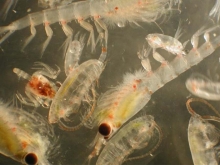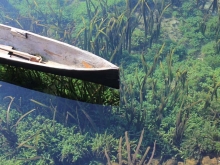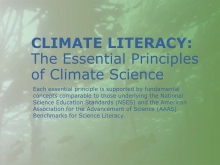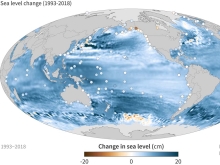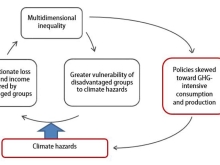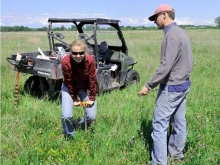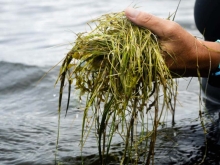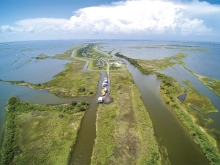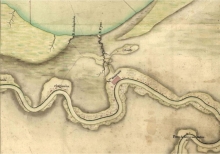Does Submerged Aquatic Vegetation Shape Zooplankton Community Structure And Functional Diversity? A Test With A Shallow Fluvial Lake System
Submerged aquatic vegetation (SAV) plays important roles in shallow lakes. In addition to its refuge effect for zooplankton, one key role of SAV is to provide diverse ecological niches to these organisms. The reduction of habitat complexity due to loss of SAV might thus have huge effects on zooplankton communities. The objective of this study was to investigate the relationship between SAV abundance and composition and zooplankton functional diversity and community structure.
